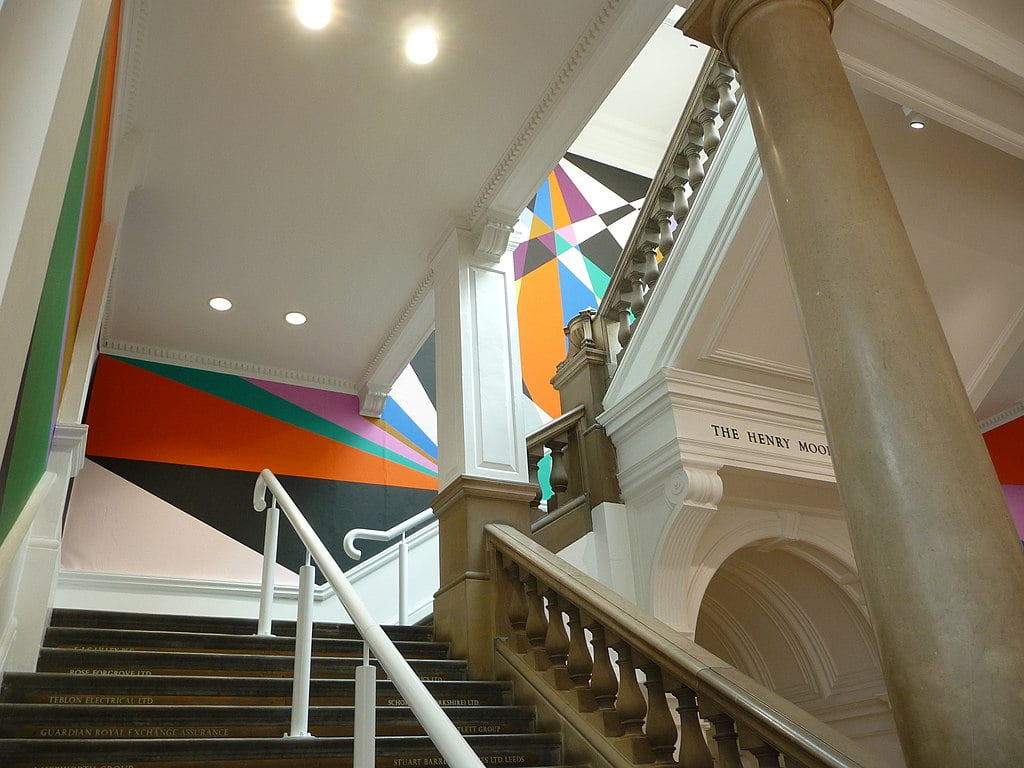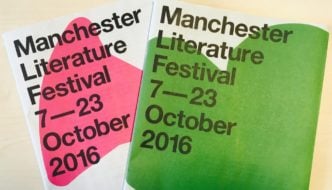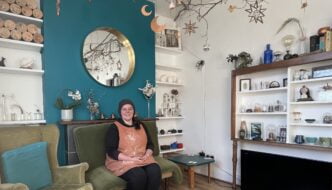Consuming Culture: The heart of the city’s cultural identity is not in one place, it’s everywhere
October 9, 2020

Street Art, by Nicole Baster on Unsplash
When you think about the cultural identity of a particular city, you might imagine its grand central art gallery, the museum, or the big fancy statue commissioned for its centenary celebrations a while ago. But a city’s cultural identity is not always just about the big hitters, it is made of many forms. The shared experience of central civic pride is important, but culture does not have to be in the heart of a city’s civic quarter to define its identity. It is all around us, on our doorsteps.
A big city often wears its pride overtly in its public spaces. This sometimes engenders a feeling of pomposity, as the obvious, grandiose statements that sometimes comes under the umbrella of civic pride can dominate the landscape. The statues situated in central city spaces, the large grand buildings containing municipal artefacts gathered together with central funds, even the flagship annual cultural events are safe options. More credence is perhaps now given to the importance of the arts and creative city schemes. Some towns and cities do public artwork and events better than others perhaps, but often the less risky projects are the ones taken forward. However, those are the overt statements visitors and residents see at first glance.
We cannot underestimate the positive contribution of artistic identity to a city’s reputation. Our cultural landscape is vast and varied, and a city’s identity is created by layers of history and cultural endeavour. Contemporary and heritage cultural artefacts create a unique image of a place, separating cities from each other. The combination of different characteristics and quirks within a city is crucial to creating a positive, and economically prosperous, identity.
Whilst the cultural offering of a city is increasingly used as a branding and marketing tool to attract visitors and bring economic benefit, the celebration of the whole of the community it serves can be shared by its residents. Culture and the arts can be used as a vehicle for economic growth, but also for regeneration, integration, and inclusiveness. Distinctive and attractive city centres draw attention, and can help to reinvent a city’s narrative and put it all out on show.
In these strange times of COVID-19 and adapting socially and economically to the impact of a pandemic on our towns and cities, accessible and open public spaces and artworks have perhaps become more important than ever. It can be a statement about being open for business, welcoming to visitors, still soldiering on. It can bring meaning and familiarity, a bit of normality to our lives.

Leeds City Art Gallery, By Immanuel Giel on Wikimedia Commons
But the physical centre of the city is not necessarily where its beating heart lies. Smaller, local projects within neighbourhoods are just as vital, if not more so now. We can also gain an impression of a city from what is happening in the suburbs, in the smaller local communities on our doorsteps. That is where the organic, true heart of the city’s cultural identity can often be located. It is not in one place, it is everywhere.
We might live in a big city, but rooting yourself within a welcoming and cohesive community brings personal benefits. Sometimes it is the place itself which attracts us, sometimes it is the people, sometimes both. The breadth of community-created art and design, the social projects that are intended to add value to the people who need them most is astounding sometimes. This is culture driven by passion and heart, a need to express ourselves to those who have something in common with us, or a rallying cry to be heard by the outside world. There is a drive to celebrate our own community, to share ideas and come together. By creating a dialogue, a neighbourhood can show its character, and welcome those who want to share that. It can also support the concept of place identity.
The exchange and interaction of different identities and ideas has a positive impact on innovation, and act as a catalyst in building a creative energy across the wider city. Distinctive local projects can encourage engagement and improve mental health, create safe spaces for interaction, and bolster a sense of wider community. Access to these projects and to public spaces is essential to this exchange.
Often these are grassroots ventures, powered by the passion of those driven to engage. Street art, community enterprises and cooperatives, or the simple joy of coming together and creating something meaningful or fun. It brings connection and belonging. Artistic or cultural output can help to create a sense of place and support the building of relationships. Projects can also cut across community boundaries and encourage cohesion and authentic human attachment. Those smaller stories soon add up to a fascinating and varied ongoing conversation across the city.
It is a wonderful feeling to be proud of where we live and the big things that have been achieved. But for every flagship sculpture commissioned by the council, there are several homegrown wonders which showcase the best of us and what we can accomplish together. Every individual community is unique and different and that is what makes a city special. Yes, there are common factors shared with similar neighbourhoods, but they are made up of a unique set of individuals who have been thrown together, through shared roots or happenstance. What we create together gives an important message and should be celebrated. Sharing our stories, that is what makes our cities unique, and will cement our cultural heritage.




Comments